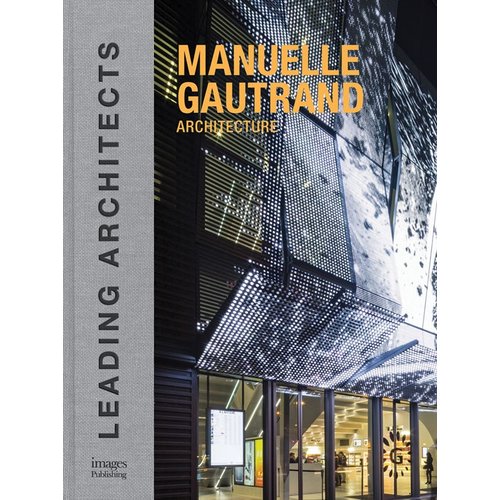Jullian was born in Valparaíso, Chile, in 1931. Upon graduating from the Catholic university in his hometown, he traveled around Europe, ultimately landing in Paris and taking his first job in Le Corbusier’s studio. The young architect was quickly promoted to manager of the atelier, where he worked until Corbusier’s death in 1965. During Jullian’s tenure he shepherded a range of realized projects, such as Harvard University’s Carpenter Center—Corbu’s only building in the United States—as well as unfinished works including Baghdad Stadium, the French embassy in Brasilia, and a facility for the Italian product manufacturer Olivetti.
The Swiss architect Mario Botta, who worked for Le Corbusier and later Louis I. Kahn, first met Jullian in 1965 while apprenticing in a Venice studio Le Corbusier had established to work on his Venice Hospital commission. Botta recalls Jullian’s “energy, enthusiasm, and incessant charm,” adding, “to a young student, Jullian represented the voice of critical reflection. He was the graphic sign of Le Corbusier and embodied 50 years of hope in modern architecture.”
Venice Hospital was a turning point for Le Corbusier, epitomizing his experimentation with low-slung, modularly arranged structures known as mat buildings. It also represented Jullian’s own coming of age, says Ann Pendleton-Jullian, his wife of 21 years and partner in practice between 1986 and 1998. (She founded her own eponymous studio in 1995 and was recently appointed director of Austin E. Knowlton School of Architecture at The Ohio State University.) “Stories”—or the unprescribed ways in which everyday life changes the urban fabric—were Jullian’s “deep foundational disposition and possibly the driving motivation for all of his work and actions,” she says. “Metaphorically or procedurally, one could see the Hospital of Venice as both a manifestation of the structure of Venice and a compression of the intensity of Valparaiso into a thick series of plates.”
Jullian founded his own practice, Atelier Jullian, in Paris in 1965. He was commissioned to complete Venice Hospital following Corbu’s death, but changes in city government later scuttled the project. His studio went on to design fairgrounds in Valencia and the French Embassy in Rabat, Morocco’s capital. With Pendleton-Jullian, key projects include astronomer Carl Sagan’s home in Ithaca, New York, the Valparaiso Congress Hall competition, and the Rome Church competition.
After a 17-year period of living in the United States, Jullian returned to Chile at age 73, where he undertook his last project, Casa Mars. “He always said that experiences formed the man,” Pendleton-Jullian says. “He carried a suitcase full of them.”









Post a comment to this article
Report Abusive Comment